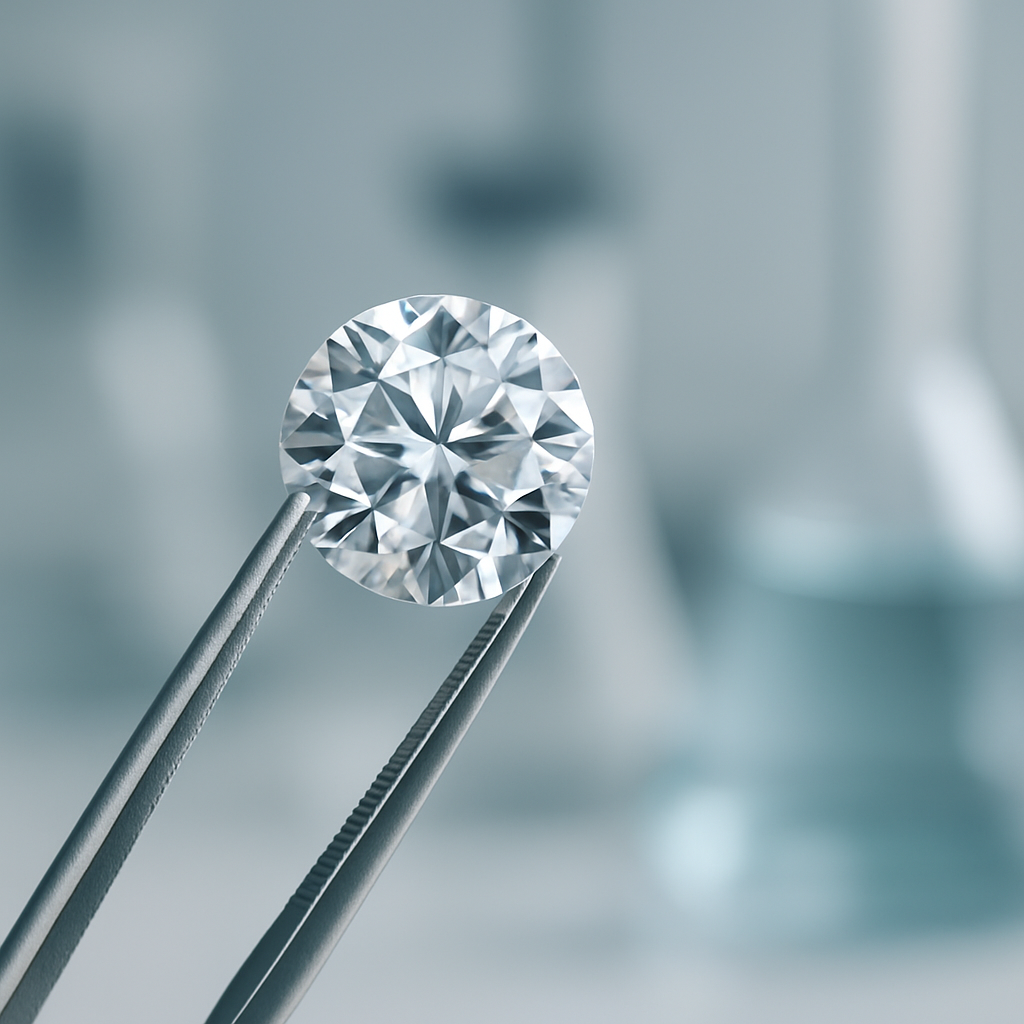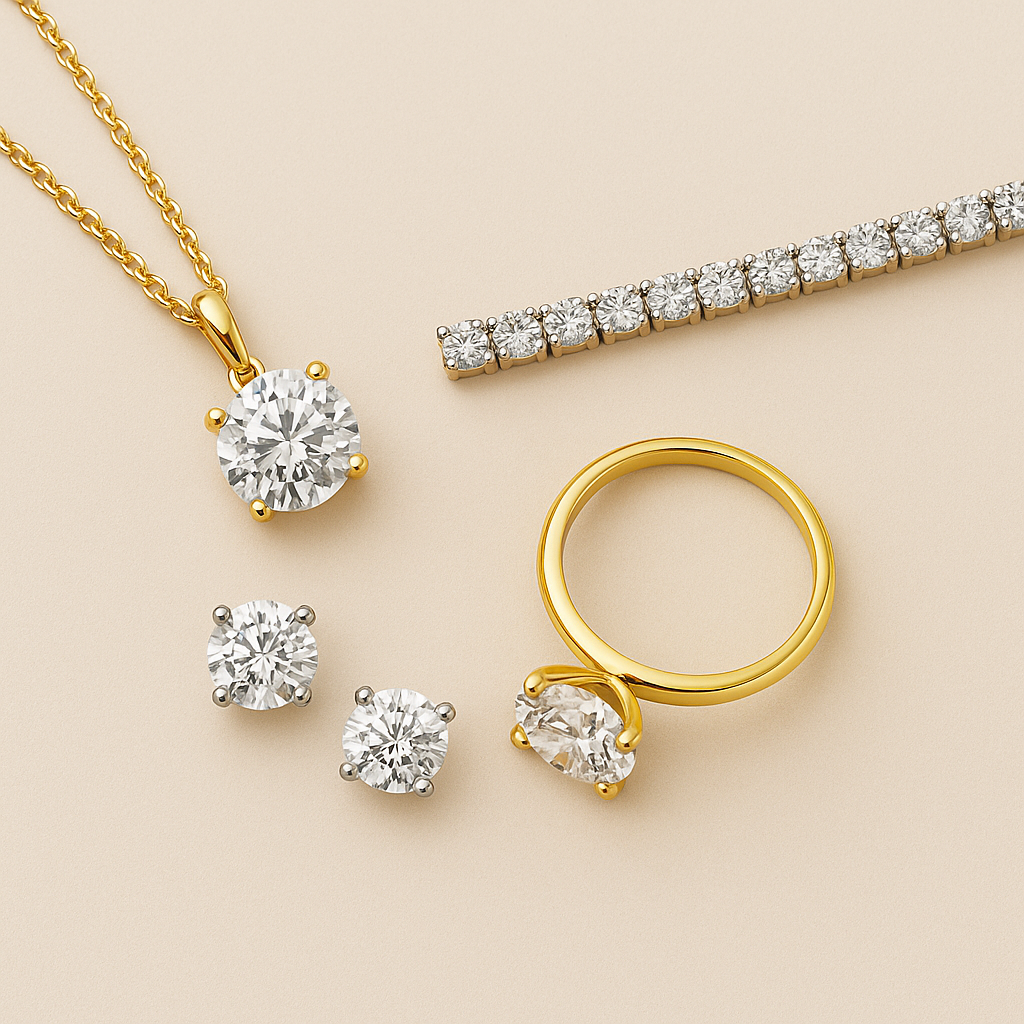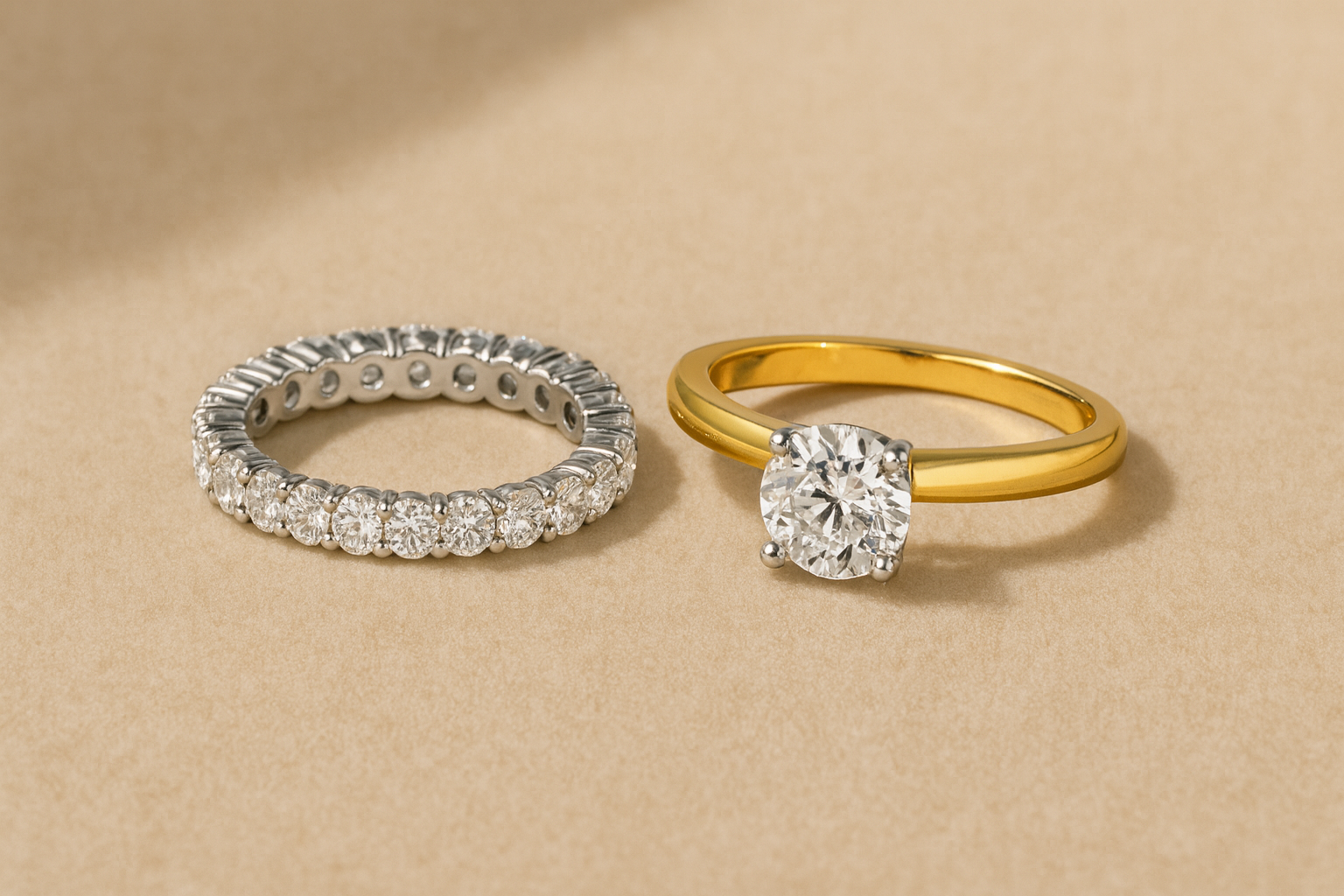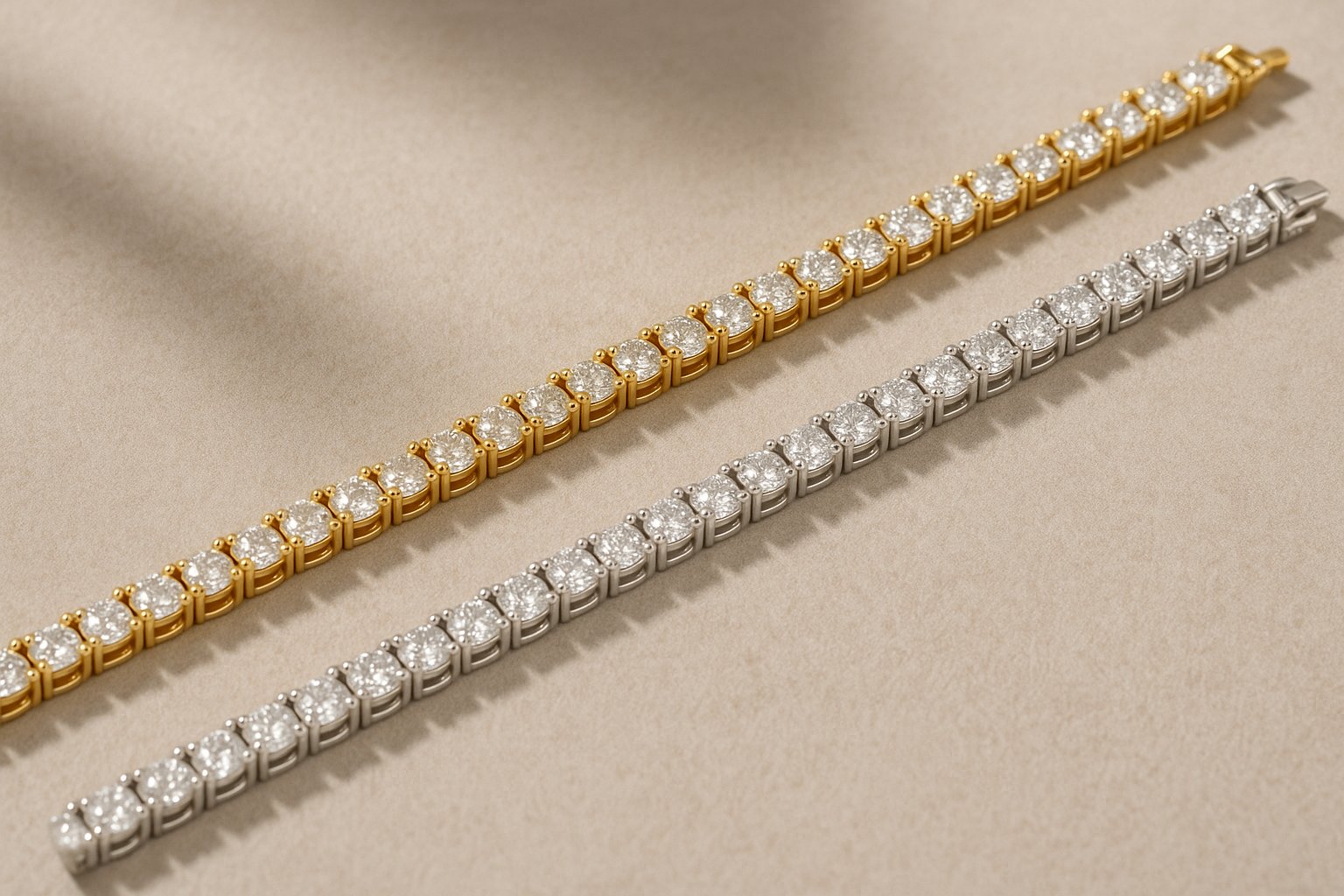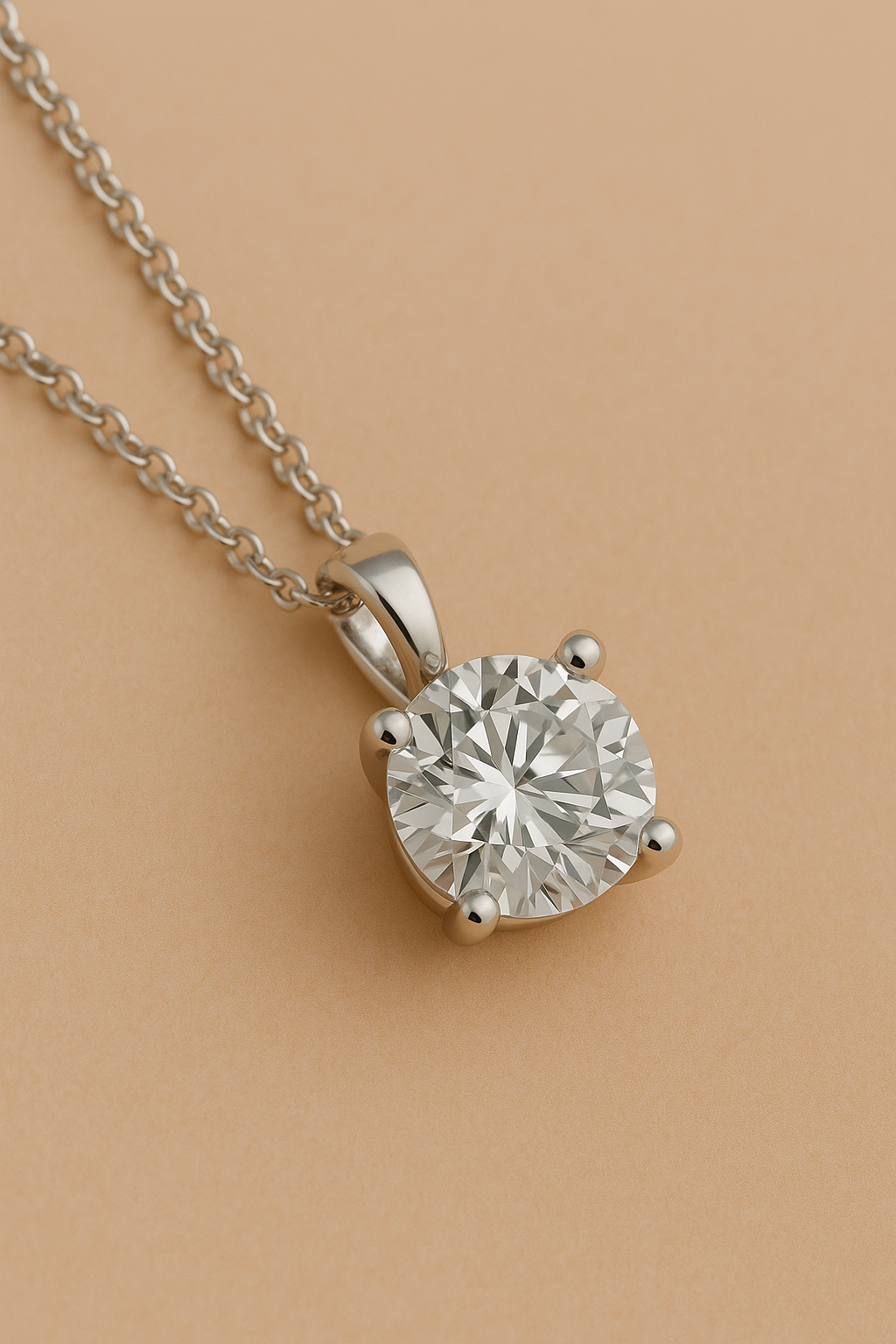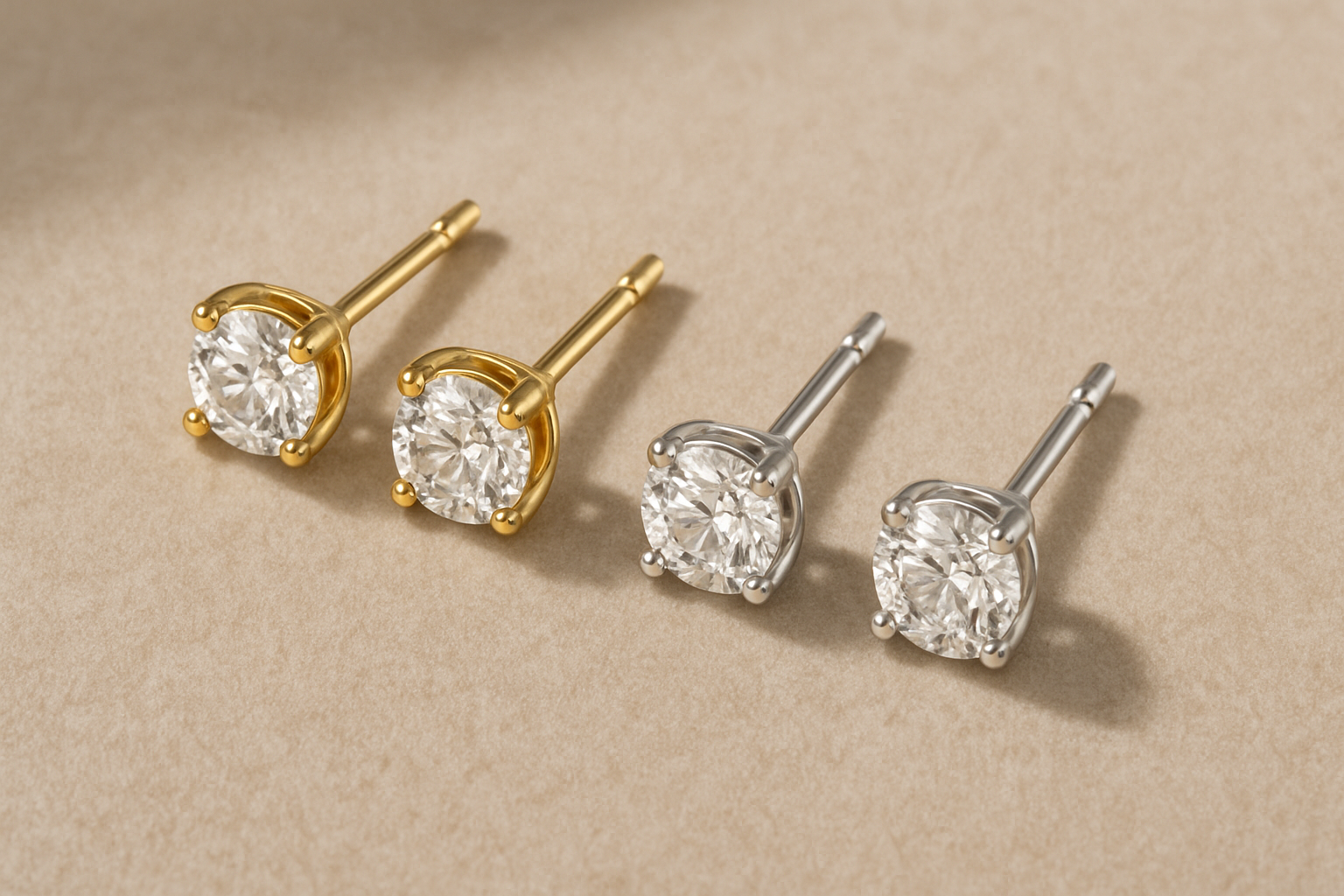lab-grown diamonds can be produced in two ways: cvd (chemical vapor deposition) or hpht (high pressure high temperature) . While both techniques produce real diamonds, there are clear differences in process, quality, and application . In this blog post, we'll explain them clearly .
what is cvd ?
cvd stands for chemical vapor deposition . This method creates a diamond from a gas cloud heated in a vacuum chamber . Carbon particles slowly deposit on a thin diamond seed, growing a new diamond layer by layer .
- more energy efficient than hpht
- more control over growth
- less chance of metal inclusions
what is hpht ?
hpht stands for high pressure high temperature . This process mimics the conditions inside the earth: high pressure and temperature cause graphite to transform into diamond .
- faster growth process
- often lower costs per carat
- used for large or industrial stones
what is better: cvd or hpht ?
that depends on what you're looking for . Cvd diamonds are often chosen for jewelry because they have high optical purity and few impurities . Hpht diamonds are often slightly harder and are also used for industrial applications .
at louèn diamonds, we use top-quality cvd stones for all stones over 0 . 75 ct . Why ? Because they undergo an even more stable process, are beautifully white, and sparkle as you'd expect .
want to know why we value quality so much ? also read: how we guarantee quality .
how do you know what you're buying ?
every diamond you buy at louèn comes with an igi certificate . So you know exactly what you're wearing .
both cvd and hpht produce real diamonds . What matters is transparency and quality .
discover our collection of cvd diamonds
all louèn jewellery contains lab-grown diamonds selected for their appearance, purity and ethics .
view the collection

